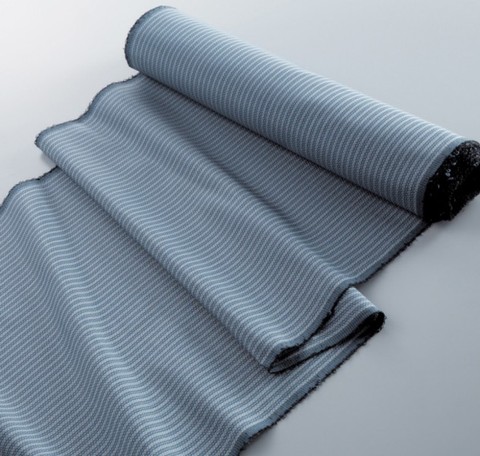
村山大島紬の始まりは、江戸時代後期と言われています。
1920年頃、正藍染め(しょうあいぞめ)による錦織物の「村山紺絣」と玉繭による絹織物の「砂川太織(ふとおり)」の2つが合流して、絹織物としての村山大島紬が生産の中心となりました。この素晴らしい品質や丈夫さが高く評価され、東京都指定無形文化財として認められています。

While the history of this kimono cloth only seems to date back to the middle of the 19th century, it was in 1920 that the techniques associated with two different cloths were combined to produce the silk cloth known as Murayama Oshima pongee. One of these was an indigo dyed, figured ikat called Murayama Kongasuri, and the other was a silk cloth called Sagawa Futoori woven from a dupion thread. Its sheer quality and durability have always given Murayama Oshima pongee a large following and it has been recognized by Metropolitan Tokyo as an intangible cultural property.
Kimono made of this light comfortable cloth is often handed down from mother to daughter and on to granddaughter, and the unfailing traditions and quality of this cloth are still recognized today. With 48 firms and 88 working on the cloth now, it is still a thriving industry. And 26 nationally recognized Master Craftsmen among those doing the work make a significant contribution to the continuance of this craft.